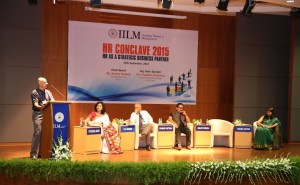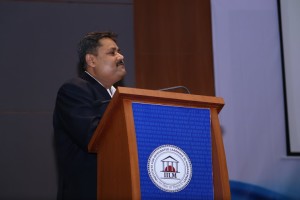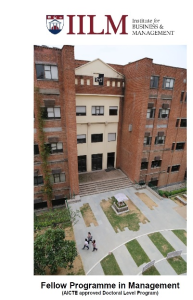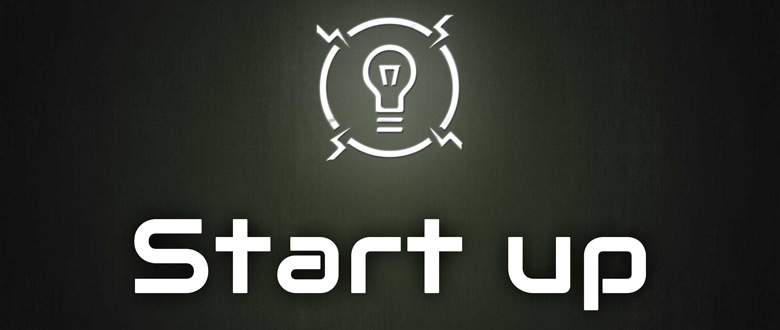Authors: Jean Dreze and Amartya Sen
Published by Penguin Books ( 2014)
ISBN No. 978-0-141-97582-5
An Uncertain Glory: India and its Contradictions is published by Penguin Books in 2014 , wherein the two economists Jean Dreze and Amartya Sen pose a question that who are the actual beneficiaries of this growth. The book is an eye opener on two fronts one that the growth is not participatory and two public sources generated by economic growth have not been able to improve the living conditions of people at large.
There has been a lot of discussion on the caste, religion, gender discrimination, regional disparity and languages. But, ever increasing income inequality has often been obscured in all these discussions. In modern India this seems to be a major concern area wherein there has been a widening gap between the deprived community and ever growing opulent rich class. This book by Dreze and Sen narrates this divide between the privileged and ignored society as one of the biggest challenge which has seldom been highlighted in all the literature which has been creating a hype of ever growing and prosperous India.
An Uncertain Glory thus, is equally of interest for readers coming from economic, social and political background as it reveals the story of India’s development. There has been an implied notion amongst political and economic logics which believes that the benefit of economic development will eventually trickle down from the higher levels to the grass roots leading to development with a broader base. But, the fact here is that neither the colonial past nor the policies post independence addressed the issues of poverty, illiteracy and inequality effectively.
The country has overseen the rapid rate of growth which has successfully employed the skilled people and wealth accumulation for a few corporate. There has been a surge in the living standard of middle class. Despite this fact, India has experienced a lack of political will which could utilize growing resources for improving ‘education, healthcare, nutrition, social facilities, and other essentials of fuller and freer human life for all.
The authors demonstrate that “India is not doing well at all in many respects even in comparison with some of the poorest countries in the world” outside of sub- Saharan Africa and even in South Asia though ahead of neighbors in terms of per capita income, India’s developmental indicators stand ahead of only Pakistan, a country with a perpetually disturbed political situation.
Dreze and Sen have strongly raised an argument that markets cannot allocate the resources effectively in the area of education, healthcare and infrastructure services due to inherent externality effects and the state intervention thus becomes inevitable. But, along with that the public services in India have been suffering with the malaise of corruption and lack of accountability .These problems somehow are a major cause of ever increasing inequality in the country. Dreze and Sen have thus spoken about education especially at a higher level as an escape route for the unheard millions. This might curb the established practices viz. corruption and bribery.
The book becomes more relevant in the context of understanding the economic development process as there are solutions been given for global and local issues. The authors have emphasized upon the fact that high level of human development in Europe, Latin America or East Asia – plus others even among India’s South Asian neighbors such as Bangladesh and Sri Lanka are a result of prudent and rationalist intervention of the government. Although some of the state government like Kerala Tamil Nadu or Himachal Pradesh have successfully been able to provide public services like education, administration and addressing economic inequalities as compared to states with poor governance like Bihar, Chhattisgarh, Jharkhand, Madhya Pradesh, Odhisa, Rajasthan and Uttar Pradesh. In these states living standards are no better than some of the poorer states in Africa.
The ability of the government to hasten poverty alleviation, secure gender justice and produce a corruption-free society can only be ensured by informed political selection. While much has been made, and rightfully so, of India’s democracy, evident in the size of the country, the variety of political parties, a largely free press as well as in the ability to sustain the democratic process amidst vast poverty, Dreze and Sen stress India’s need “to make much greater use of the democratic system.” It is in this optimism, which recognizes that India indeed possesses the means of achieving broad development for all, that An Uncertain Glory maintains a tone of hope amid grounds for despair.
The book by Dreze and Sen is a powerful, thought provoking and strong narration of pertinent issues which have been ailing the country since long. The book highlights the range of both the contradictions and possibilities inherent in the country.







